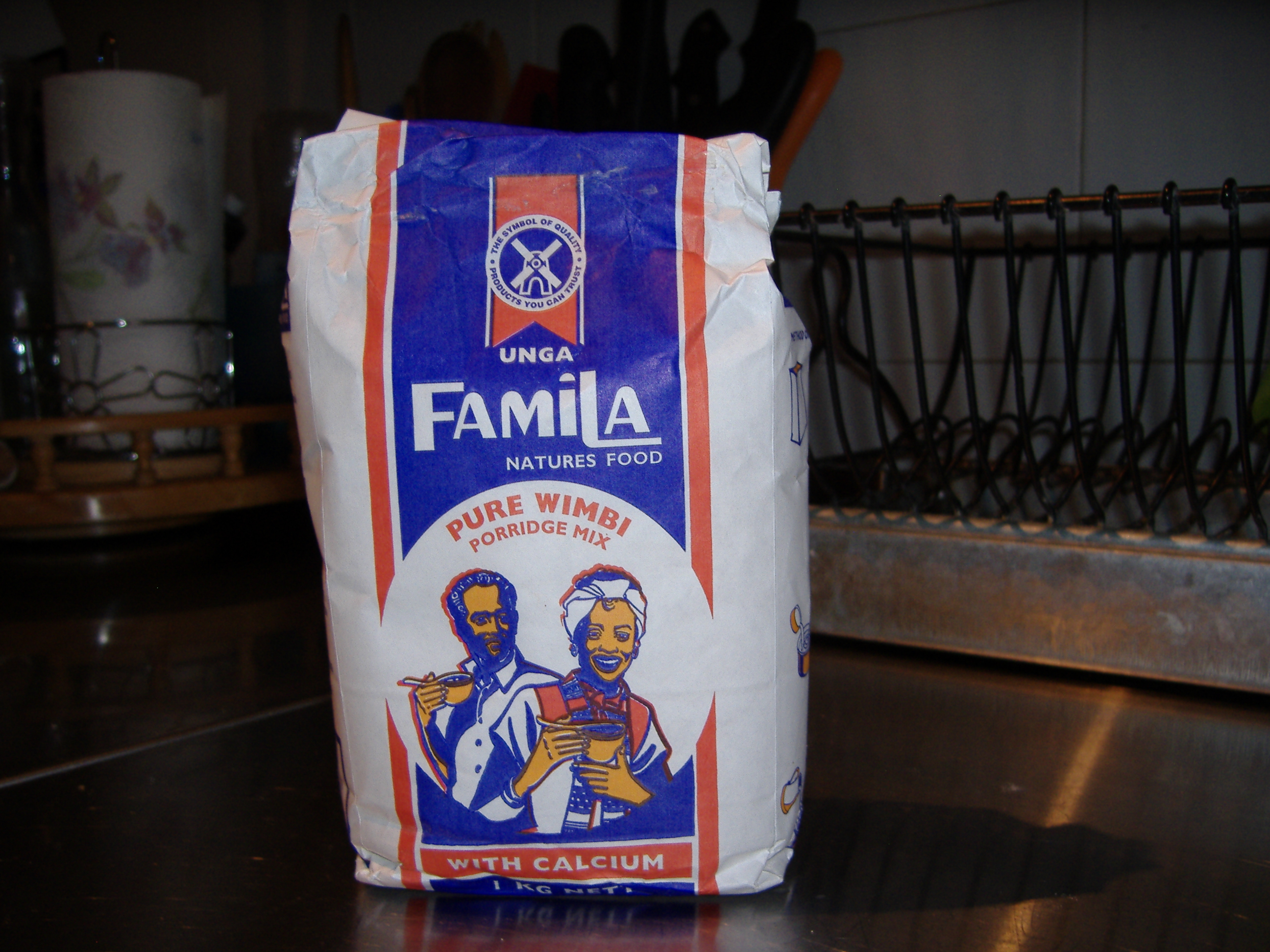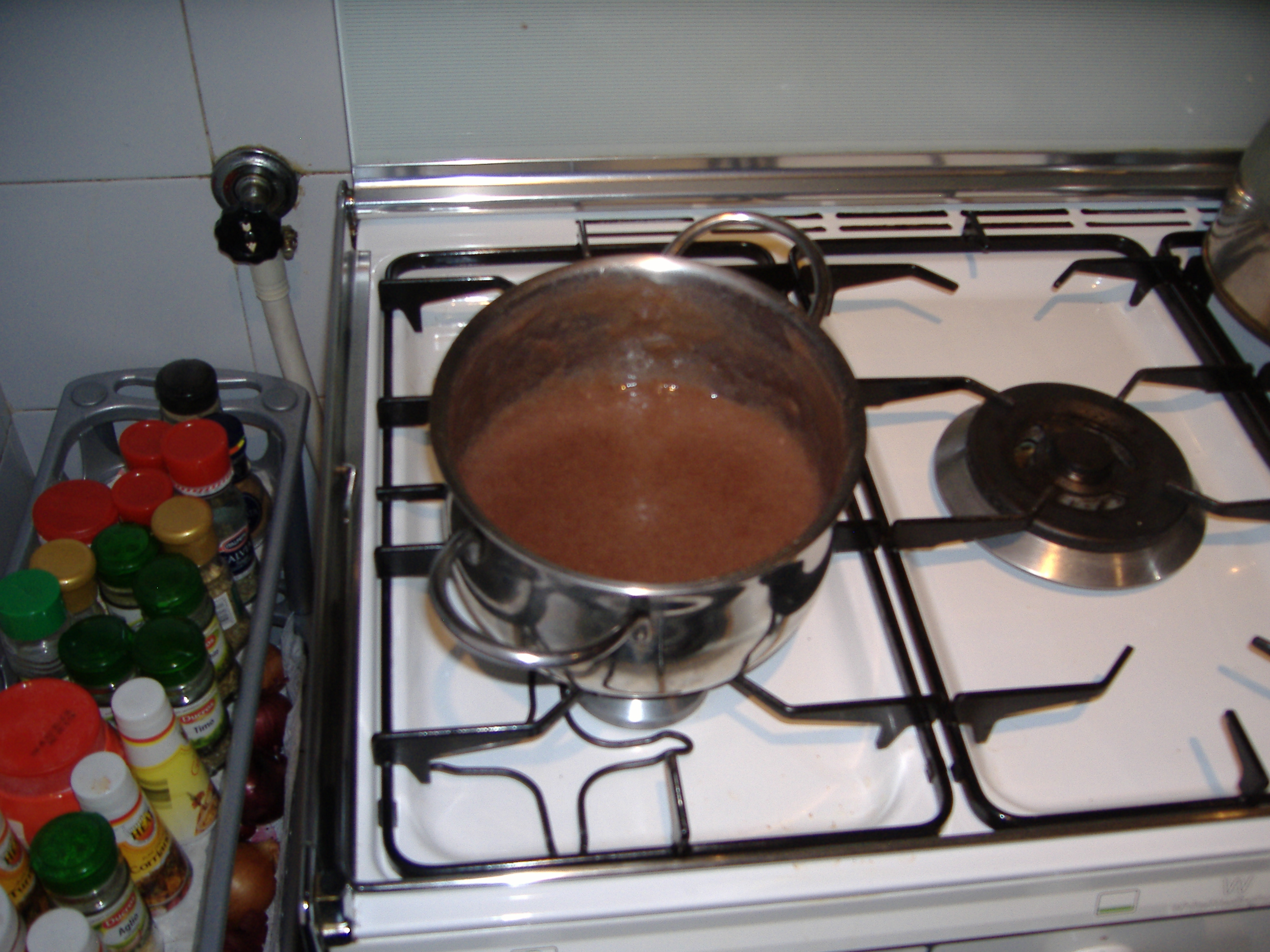The cacao community is meeting in Ghana under the sponsorship of Mars to draft a plan for sustainable cacao farming in Africa:
Topics on the table range from multifunctional agriculture, genetics and germplasm, to pest and disease, and science and leadership.
I hope they will also consider the kind of value-adding that is being discussed at the just-opened annual Paris chocolate show.

